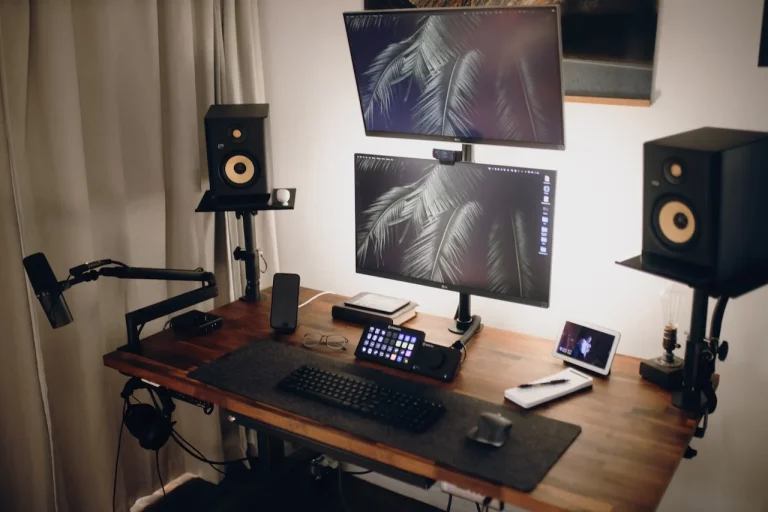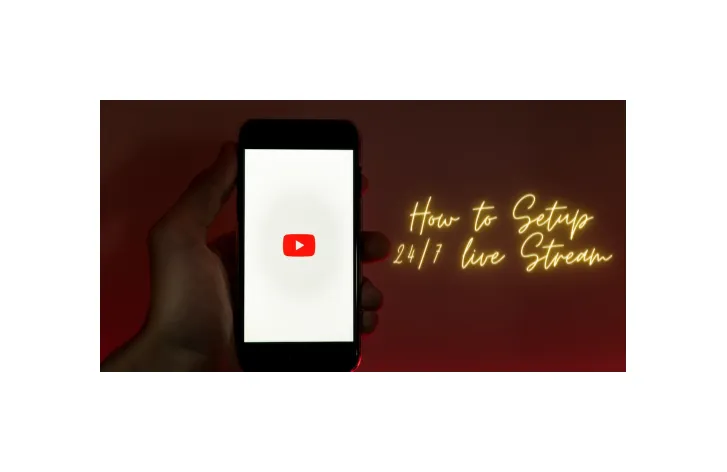YouTube provides a feature that allows users to broadcast live content to their subscribers or audience. In the digital age, creators can now effortlessly connect with their viewers through the magic of live streaming. By utilizing the YouTube Studio feature, YouTubers of all stripes can instantly communicate with their audience through real-time comments and live chat. It’s like having your own virtual town hall meeting, complete with real-time feedback and community building.
24/7 live stream is streaming for 24 hours 7 days a week without any interruption. The wonders of YouTube Live Streaming are truly boundless! From sharing your top-notch gaming tactics to providing a sneak peek into your everyday routine, or even hosting an enthralling Q&A, this platform allows you to effortlessly bond with your followers on a whole new level. By bringing your audience along on your personal journey, you’re creating a profound connection that goes beyond mere entertainment.
Table of Contents
Introduction
For content creators to interact with their audience, live streaming is popular and becoming more popular. There’s no doubt YouTube has got it all going on., from a multitude of features to endless functions, it’s the cream of the crop for those who want to create a flawless 24/7 live stream.
In this blog, We’ll walk and guide you through the process of setting up your own continuous live stream on YouTube. We’ll cover everything from finding the perfect equipment to crafting your content and schedule, and even give you some tips on how to promote your stream and attract a monetizable audience. With our expert advice, you’ll be on the path to creating an irresistible and lucrative live stream that will have your viewers coming back for more. So let’s dive right in and get started on your journey to live streaming success!
Setting up your YouTube Channel

In the quest for a successful 24/7 live stream on YouTube, the journey begins with the first step of creating and verifying a YouTube account. Click here to get started. Once you’ve created your account, you’ll need to verify it by either providing a phone number or a credit card.
Once you’ve verified your account, you’ll need to enable live streaming on your channel. This can be done by going to your channel’s settings and clicking on the “Live Streaming” tab. From there, you’ll be prompted to agree to the terms of service and enable live streaming on your channel.
Once you’ve enabled live streaming on your channel, you’ll need to create an event on YouTube. This can be done by going to your channel’s “Live Control Room” and clicking on the “Create Live Stream” button. From there, you’ll be prompted to enter information about your event, such as the title, description, and privacy settings.
After you’ve created your event, you’ll need to set up encoding software such as OBS, XSplit, Streamlabs, Lightstream Studio, vMix, etc. This software will allow you to capture your camera and microphone inputs and send them to YouTube. Whether you’re a seasoned pro or a newcomer to the streaming industry, there are countless online tutorials/guides at your disposal to assist in the process (Google/YouTube e.t.c.).
Once your encoding software is set up, you’ll need to configure your stream settings. This includes setting your resolution, frame rate, and bit rate. It’s important to choose the right settings to ensure your stream looks and sounds its best.
Creating a Schedule and Content Plan
Once your stream is set up and ready to go, it’s important to create a schedule and content plan. As Kara Swisher, the queen of tech journalism would say, consistency is the glue that binds your audience to your brand. By delivering fresh content on a consistent schedule, you demonstrate your commitment to your audience’s satisfaction, like a faithful dog wagging its tail. Your audience will be waiting for you to upload, knowing that your content will always be there to insight them more. This helps build trust and keeps them eagerly anticipating your next content release.
When creating your schedule, it’s important to consider the times when your audience is most active. Also put in mind to create a balance of different types of content, such as gameplay, interviews, and Q&A sessions.
Viewer love to be asked what they want next, put a little focus on creating engaging and interesting content that will keep your viewers coming back for more. Examples include asking what viewers love to see as mentioned, playing games, or doing challenges.
Launching and Promoting Your Stream
Once your schedule and content plan is in place, it’s time to launch your stream and start promoting it to build and monetize your audience.
Before you launch(begin Streaming), it’s advised to test your stream and troubleshoot any issues that may arise while streaming. Creating a private live stream and testing that your camera and microphone are working properly, your internet connection is stable, and your encoding software is configured correctly is a good way off.
Once your stream is live, it’s important to promote it to build and monetize your audience. Sharing your stream link on social media, creating a schedule and content plan, and engaging with your viewers in the chat are ways to boost your viewer and audience.
It’s also important to consider monetization options such as sponsorships, affiliate marketing, or offering merchandise. Additionally, you can also enable YouTube’s monetization feature, which allows you to earn money from ads and sponsorships on your channel.
Conclusion
YouTube 24/7 live stream is one of many and an excellent way to interact/engage with your viewers and establish a fanbase that revolves around your content. Simply follow the guide in this blog post to establish a schedule, create compelling content, attract viewers, and even make some cool money.
Setting up 24/7 live stream requires a significant amount of time, energy, and dedication at first but when used to it, could be done with ease. It’s a great idea to start small and gradually build up the duration of your stream as your audience grows.
Don’t be discouraged if you don’t see immediate success – building a community takes time and effort. With tireless determination and a steadfast commitment one can create a successful and engaging live stream that provides value to both you and your viewers.
The YouTube Creator Academy is provided by YouTube to guide and help you with your start-up journey. The YouTube Creator Academy provides tutorials and guides on how to create and monetize content on the platform. Another place of resource is forums like Reddit’s “/r/Livestreaming” for example, where you can connect with other streamers and get advice on best practices.
To put this blog in summary, out of several ways to build an audience and community, if put in dedication, effort, and time using the right tools and a solid plan, live streaming can be a great way to build community, grow an audience, and monetize your content.

